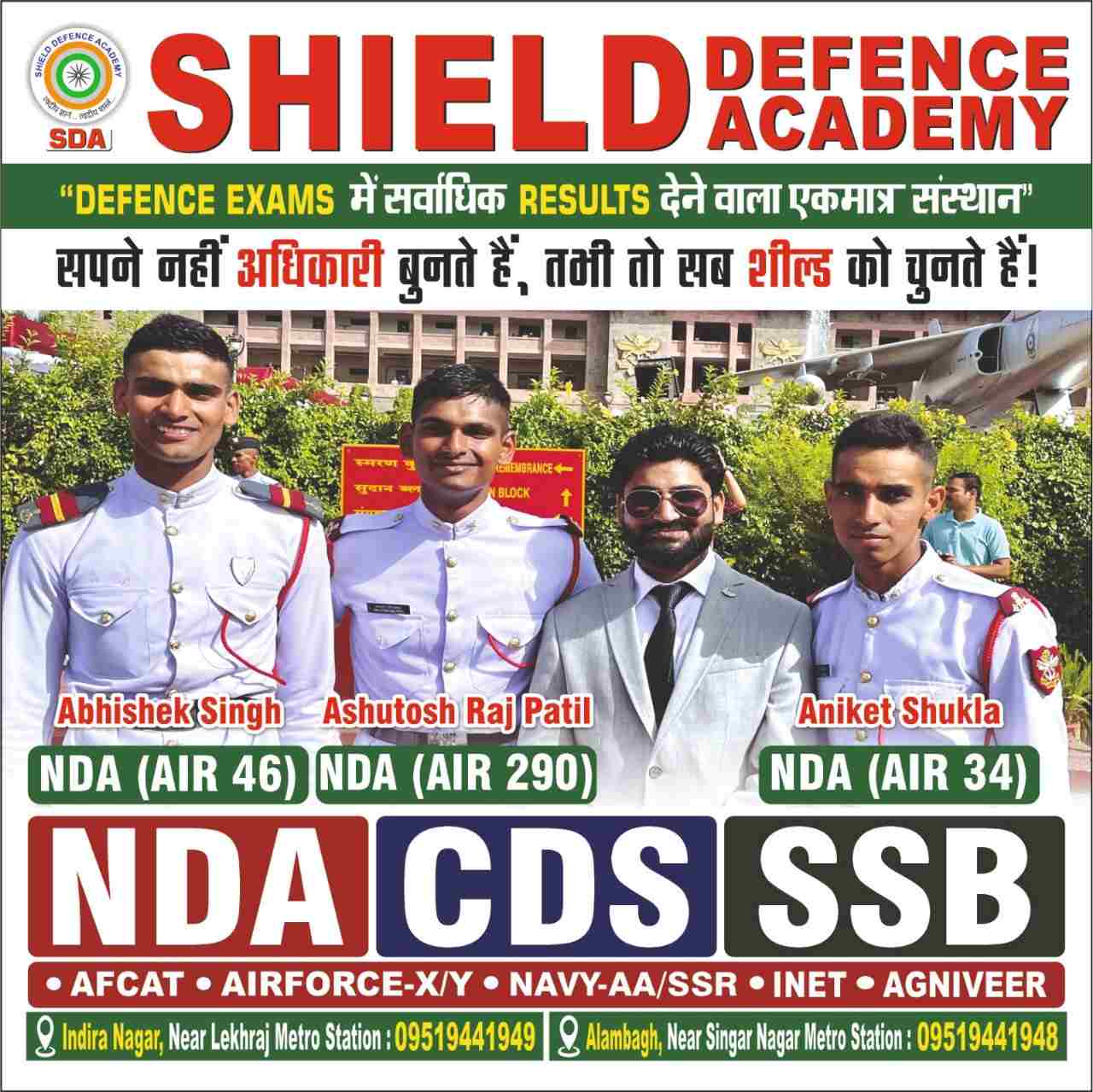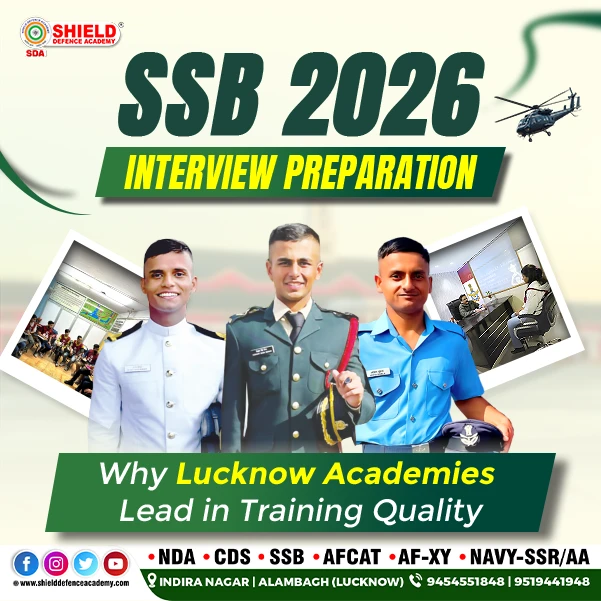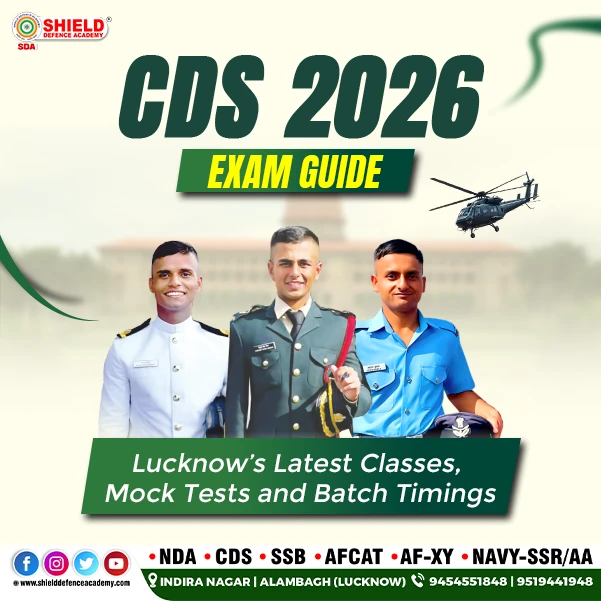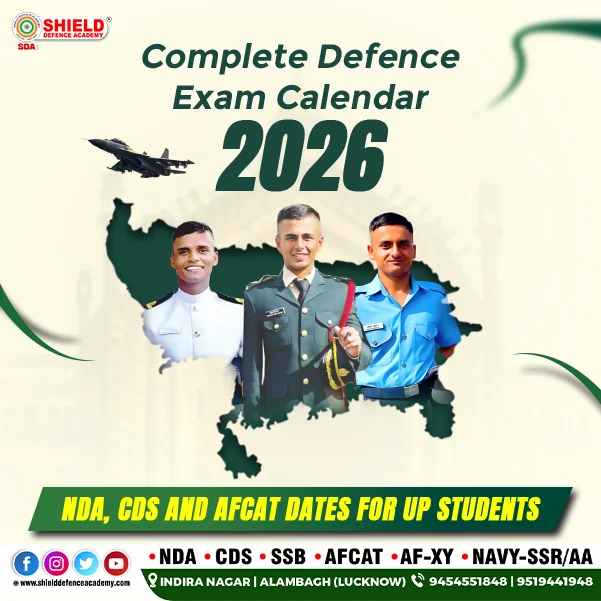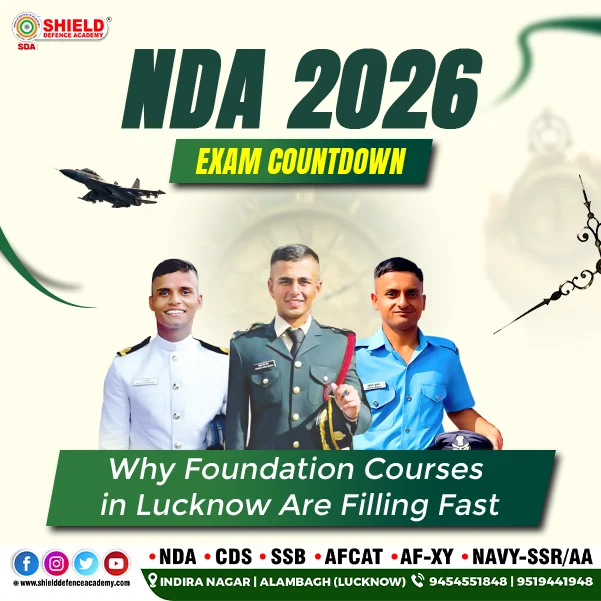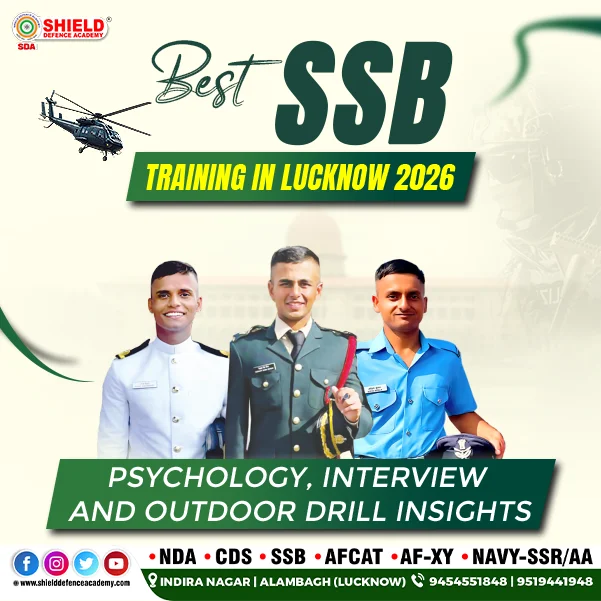Decoding PP&DT (The Picture Perception and Description Test) in SSB Interview is a critical component of the SSB (Services Selection Board) interview process, marking the transition from the Officer Intelligence Rating (OIR) Test to further assessment over the five days of the interview. The PP&DT holds significant weight in determining a candidate’s potential continuation in the SSB process.
This test presents a hazy picture to candidates, requiring them to generate a story based on their perceptions and engage in subsequent narration and discussion. Here, we will delve into the intricacies of Decoding PP&DT test, and provide insight into sample PP&DT pictures and stories for the upcoming NDA-1 2023 SSB Interview.
Shield Defence Academy ensures that its aspirants are meticulously prepared for the SSB interview process. With a dedicated approach, the academy instills in candidates the requisite skills and knowledge essential for excelling in the rigorous evaluation. Through comprehensive guidance and strategic training by Ex Armed Force Officers from SSB Interview board, aspirants are equipped with the acumen and readiness vital for navigating the multifaceted components of the SSB interview.
Shield Defence Academy’s proactive and holistic approach from day one underscores its commitment to cultivating well-prepared and capable individuals poised to thrive in the SSB interview process and embark on successful careers in the armed forces.
What is PPDT in SSB Interview:
Decoding PP&DT test is known to pose a considerable challenge to SSB aspirants due to the ambiguous nature of the pictures presented and the subsequent narration and discussion requirements. Candidates find themselves scrutinizing the given image, aiming to extract meaningful elements and construct a coherent story that aligns with the content depicted. The narration and subsequent group discussion add another layer of complexity, as candidates must effectively communicate their perceptions and contribute meaningfully in the collective interpretation of the image.
The Picture Perception and Discussion Test (PPDT) involves story writing and group discussion. After viewing a picture for 30 seconds, candidates have 3 minutes to craft a story inspired by the image. Subsequently, in groups of 14-15, each candidate narrates their story within 1 minute, followed by a collaborative discussion on the picture. This crucial assessment is pivotal for clearing the screening process and advancing to stage-2 testing.
If you are preparing for the SSB OIR Test and PPDT, you can access the best Classes at Shield Defence Academy. The academy offers regular classes by expert guidance of Ex Armed Force Officers from SSB Interview Board focusing on the OIR and PP&DT, also known as the Officers’ Intelligence Rating and Picture Perception and Discussion Test, which encompasses both Verbal and Non-verbal Test components. While the OIR Test is a fundamental aptitude assessment, thorough preparation is advantageous. At Shield Defence Academy, aspirants receive comprehensive training to excel in these areas, ensuring they are well-prepared for both the tests.
What is the aim of PPDT of SSB:
One key aspect of the PP&DT test is the emphasis on effective communication skills, cognitive flexibility, and the ability to generate and convey a compelling narrative under pressure. Candidates are evaluated not only on the content of their story but also on their overall approach to the task and their interaction with the group during the subsequent discussion phase.
To excel in the PP&DT test, aspirants should practice honing their observational skills, narrative construction, and group discussion etiquette. Familiarizing themselves with sample PP&DT pictures and stories can provide valuable insight into the expectations and nuances of this test, thereby helping candidates prepare more effectively for the upcoming NDA-1 2023 SSB Interview.
Understanding the pivotal role of the PP&DT test and its potential impact on the SSB interview process is crucial for aspirants aiming to navigate this assessment successfully.
How to Clear Decoding PP&DT on the First Attempt:
1. Observation is Key: When starting a PPDT story, carefully note the number of characters and observe any unique elements in the image. This keen observation will set the foundation for your story.
2. Character Selection: Choose a central character and assign an age, which could often align with your own. This helps in personalizing the story and making it relatable.
3. Time Management: With a limited timeframe of 4 minutes, it’s crucial to structure your story accordingly. Begin and conclude the narrative on a positive note, avoiding abrupt or unfinished endings.
4. Positive Narratives: Opt for a positive storyline while steering clear of negative connotations. This fosters an optimistic and inspiring narrative.
5. Structure the Story: Divide your story into coherent segments – the beginning, middle, and end. Equitably involve all characters throughout the narrative.
6. Logical Plot: Craft a logical and realistic story, steering clear of negative or unrealistic scenarios. A well-structured and relatable plot leaves a lasting impression.
7. Fluent Narration: Confidence and fluency play a significant role in storytelling. Be confident and articulate while narrating your story, ensuring a convincing delivery.
8. Simplicity is Key: Keep the storytelling simple and engaging, avoiding overly complex vocabulary or ornate language. A clear, concise narrative is often the most impactful.
9. Non-verbal Communication: Maintain eye contact and employ good body language throughout the narration. It’s important to convey confidence and politeness, especially when expressing differing perspectives.
How to crack Group Discussion of SSB:
Here are 10 tips suggested by Shield Defence Academy’s Ex Armed Forces Officers from SSB Interview Board for excelling in a Group Discussion during an SSB interview:
1. Comprehend the Topic: Ensure a thorough understanding of the discussion topic before engaging in the conversation.
2. Confident Communication: Convey your thoughts with confidence and clarity, using language that is easy to understand and free of jargon.
3. Active Listening: Demonstrate attentive listening to others’ perspectives to exhibit good comprehension and formulate informed opinions.
4. Respectful Engagement: Maintain respectful conduct toward others’ viewpoints, even when differing, and avoid interrupting their speaking turns. Remember it’s a discussion and not debate.
5. Clear Articulation of Views: Express opinions clearly and logically, reinforcing them with relevant examples and factual evidence.
6. Stay Focused: Keep the discussion centred on the designated topic without veering into unrelated subjects.
7. Balanced Participation: Avoid dominating the conversation and encourage participation from all members, ensuring equitable contribution.
8. Foster Collaboration: Embrace a teamwork approach, fostering cooperation and aiming to reach a unified conclusion.
9. Confidence and Composure: Display confidence, effective communication skills, and a cooperative demeanor to contribute positively to the group dynamic.
10. Adaptability and Open-Mindedness: Remain open to constructive criticism and be willing to adapt your viewpoints based on relevant input from others.
Dos and Don’ts
Top Mistakes to Avoid in the Decoding PP&DT: Ensuring Success in Your Defense Forces Exam (H3)
Decoding PP&DT is a crucial stage in the selection process for defense forces exams. However, candidates often make common mistakes that can lead to their rejection. To ensure success in the PPDT, it is essential to avoid these pitfalls.
Firstly, it is crucial to avoid watching a movie before the test, as it can clutter the mind with various thoughts, potentially causing confusion during the test. Instead, approach the test with a fresh perspective and develop your story based on the stimuli provided, avoiding predetermined and common narratives.
Additionally, do not underestimate the importance of the central character in your story. Effectively introducing and utilizing the central character is essential in shaping a compelling narrative.
Furthermore, avoid crafting wishful stories such as the conventional rags-to-riches or tit-for-tat plots, as these are overly common and can diminish your chances of success. Instead, strive to present a realistic and subtly positive outcome.
During the group discussion, it is important to strike a balance between being noticeable and respectful. Avoid being too quiet or overly aggressive, and strive to showcase a positive and helpful mind-set while narrating your story. This reflects your social attitude and sense of responsibility towards society.
Avoid narrating unnecessary and pessimistic ideas that are unrelated to the provided picture, as these can detract from the coherence of your story. Instead, maintain a strong cause-and-effect structure while conveying your narrative, ensuring that the theme remains consistent throughout.
Finally, respect the time limit given for your narrative and allow others the opportunity to speak. Demonstrating perseverance and respect towards fellow candidates speaks volumes about your leadership potential.
In summary, by carefully avoiding these common mistakes, candidates can significantly enhance their prospects of success in the PPDT, ultimately bolstering their chances of excelling in defense forces exams.
In conclusion, mastering the art of Decoding PP&DT storytelling requires attention to detail, positivity, and effective communication. By embracing these tips, you can enhance your storytelling prowess and make a lasting impression during PPDT assessments.
Hope you found this Blog on Decoding PP&DT of SSB Interview, Tips and Strategies informative and helpful. Please contact us in case of any kind of confusion and doubt, Shield Defence Academy is available 24/7 for the Defence Aspirants of Our Country.
Decoding PP&DT in SSB GTO is an instrumental stage in assessing candidates’ communication skills, articulation, and overall demeanor while speaking. By approaching this phase with strategic preparation, a well-structured presentation, and an impactful delivery, candidates can effectively showcase their leadership potential and communication capabilities.
Shield Defence Academy offers Test Series, Mock tests, Free Study Material, and Previous year’s question papers for various exams. Our expert guidance is provided by retired armed forces officers from the SSB interview board. Prepare for success with our comprehensive resources and the insights of experienced professionals. Join Shield Defence Academy for the ultimate preparation experience.
In conclusion, the Decoding PP&DT test represents a significant juncture in the SSB interview process, wherein candidates are tasked with deriving meaningful narratives from ambiguous visuals and engaging in subsequent group discussions. Aspiring candidates would benefit from a comprehensive understanding of the PP&DT test’s intricacies and an appreciation for the skills required to excel in this assessment.
By recognizing the importance of effective communication, quick thinking, and adaptability, candidates can approach the PP&DT test with greater confidence and readiness, potentially enhancing their prospects for success in the NDA-1 2023 SSB Interview.
Also read: Mastering English Conversation for NDA SSB Interview Effective Tips
